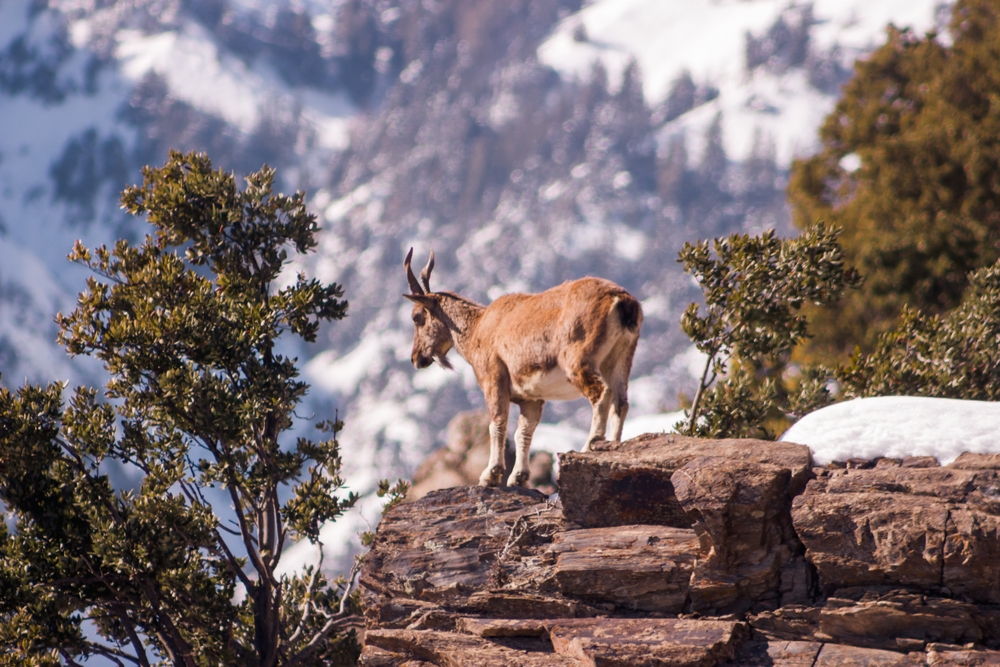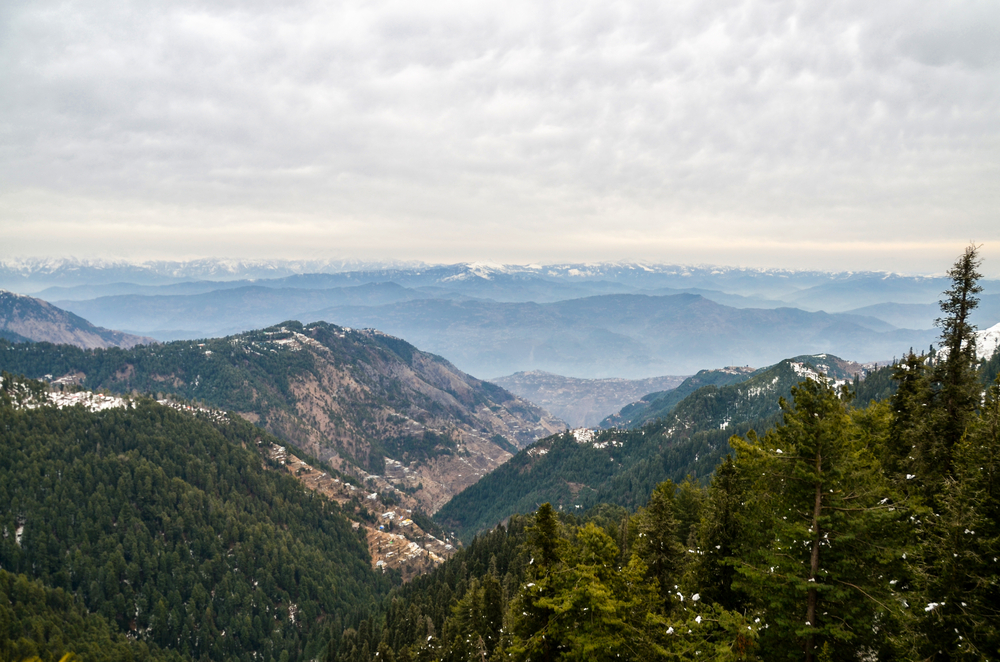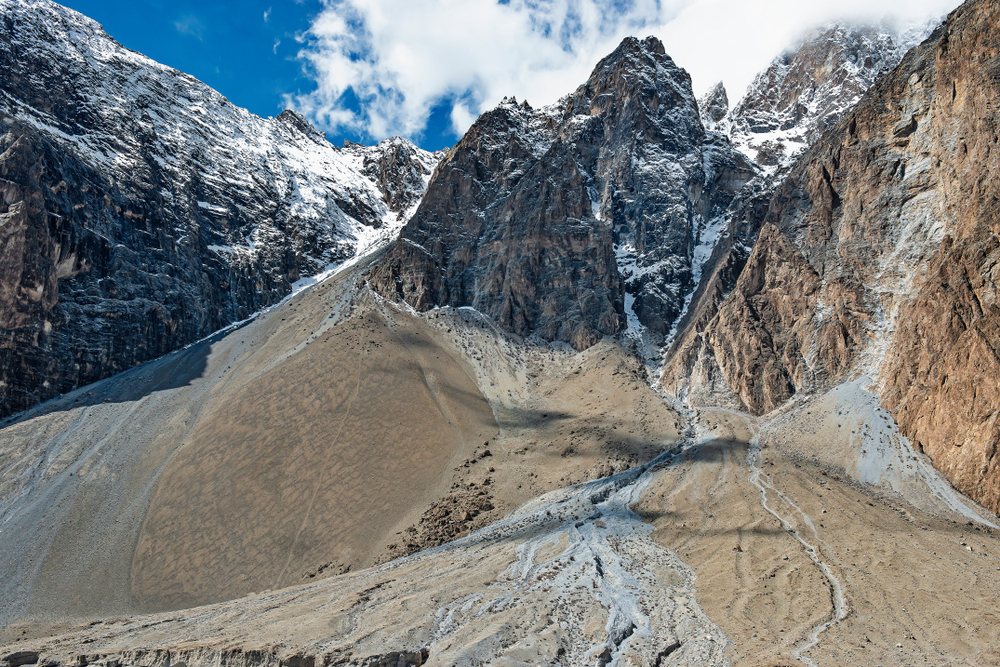Chitral Overview
Chitral National Park, also known as Chitral Gol National Park, is located in the Chitral District of Khyber Pakhtunkhwa, Pakistan. The park spans approximately 300 square miles (775 square kilometers) and is nestled in the rugged Hindu Kush mountain range.
The park is known for its remote and unspoiled landscapes, characterized by steep valleys, alpine meadows, and dense forests of cedar, pine, and fir. The Chitral River and several smaller streams cut through the park, providing a lifeline to the region’s diverse ecosystems.
Towering peaks, such as Tirich Mir, the highest mountain in the Hindu Kush at 25,289 feet (7,708 meters), create a stunning backdrop that adds to the park’s dramatic beauty. Glacial lakes and cascading waterfalls enhance the park’s picturesque scenery, making it a paradise for nature lovers and photographers.
The park is home to a remarkable variety of wildlife, with the Himalayan lynx, red fox, and Himalayan ibex frequently spotted. However, Chitral National Park is most famous for being a stronghold of the elusive and endangered snow leopard, which roams the rugged terrain.
Other notable mammals include the Asiatic black bear and the Kashmiri markhor, a rare wild goat species with striking, spiraled horns. The park also boasts an impressive avian population, including the Himalayan monal, golden eagle, snow partridge, and bearded vulture. Birdwatchers often visit the park to observe these rare and colorful species in their natural habitat.
One of the most popular features of Chitral National Park is its role as a sanctuary for the Kashmiri markhor, Pakistan’s national animal. The park provides a critical habitat for this species, whose numbers have rebounded due to conservation efforts.
Visitors often explore the park through guided wildlife tours, trekking routes, and scenic viewpoints that offer panoramic vistas of the surrounding mountains and valleys. The Chitral Gol Valley, a major attraction within the park, is known for its serene beauty and lush greenery. It is a favored spot for picnics and nature walks, especially during the summer months when wildflowers bloom in abundance.
The park offers several ways for visitors to engage with its pristine environment. Trekking and hiking are among the most popular activities, with trails winding through dense forests, alpine meadows, and rocky slopes. Wildlife safaris allow visitors to catch glimpses of the park’s diverse fauna, particularly in the early mornings or late afternoons.
Photography enthusiasts are drawn to the park’s dramatic landscapes and rich biodiversity, capturing images of the stunning vistas and elusive wildlife. Birdwatching is another rewarding experience, especially for those seeking rare high-altitude species. The park is also a gateway to the Kalash Valley, home to the indigenous Kalash people, who have a unique culture and traditions that attract many tourists.
Conservation remains a significant challenge for Chitral National Park, particularly regarding poaching and habitat degradation. The park management and local authorities have implemented measures to curb illegal hunting, particularly of the Kashmiri markhor and snow leopard.
Community-based conservation programs have successfully involved local populations in protecting the park’s wildlife while promoting sustainable ecotourism. These efforts have led to an increase in the markhor population, making it a conservation success story.
However, challenges such as deforestation, human-wildlife conflict, and climate change continue to pose threats to the park’s delicate ecosystem. Continued conservation efforts and responsible tourism practices are essential for ensuring the long-term protection of Chitral National Park’s unique biodiversity.














































































